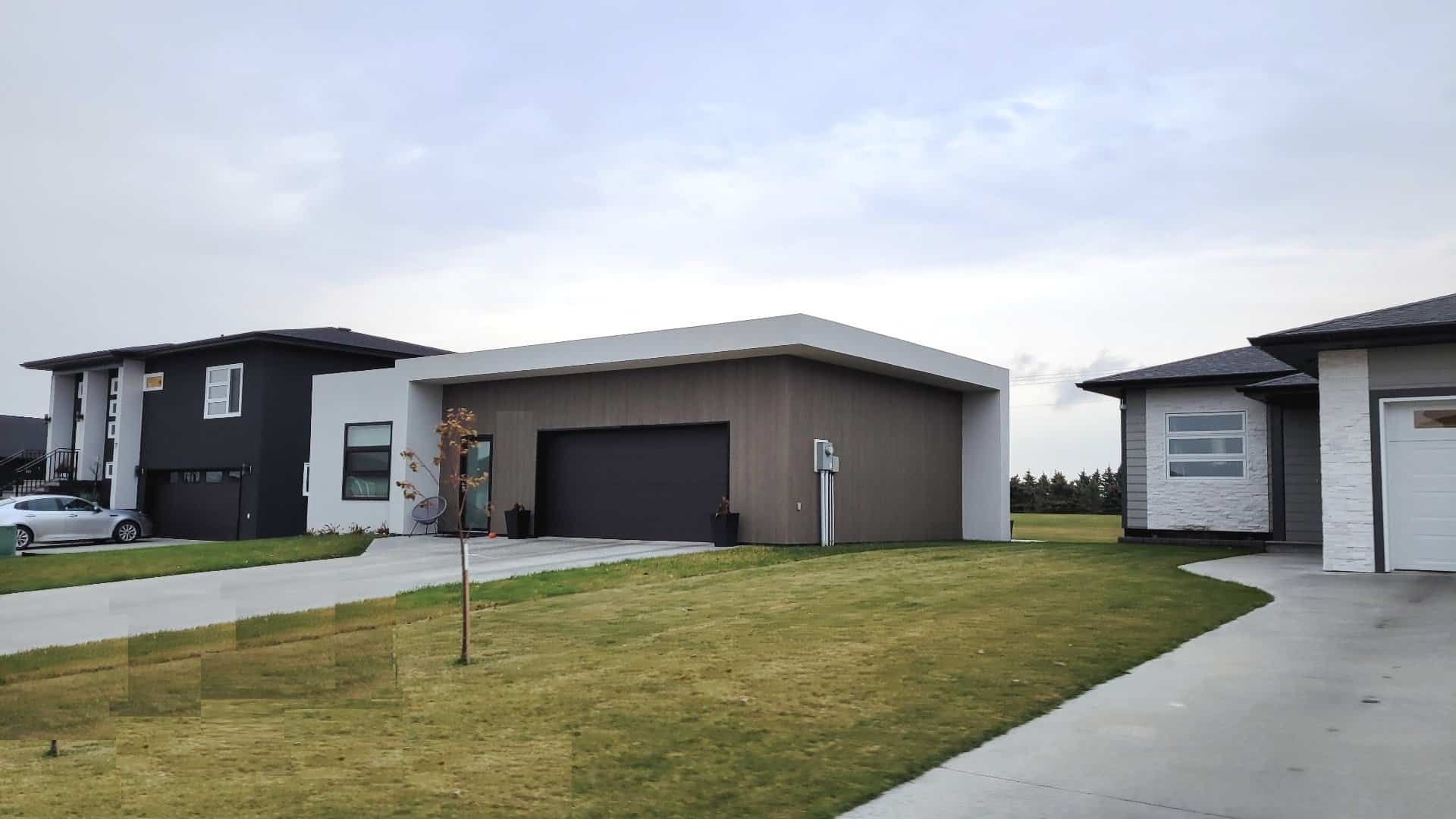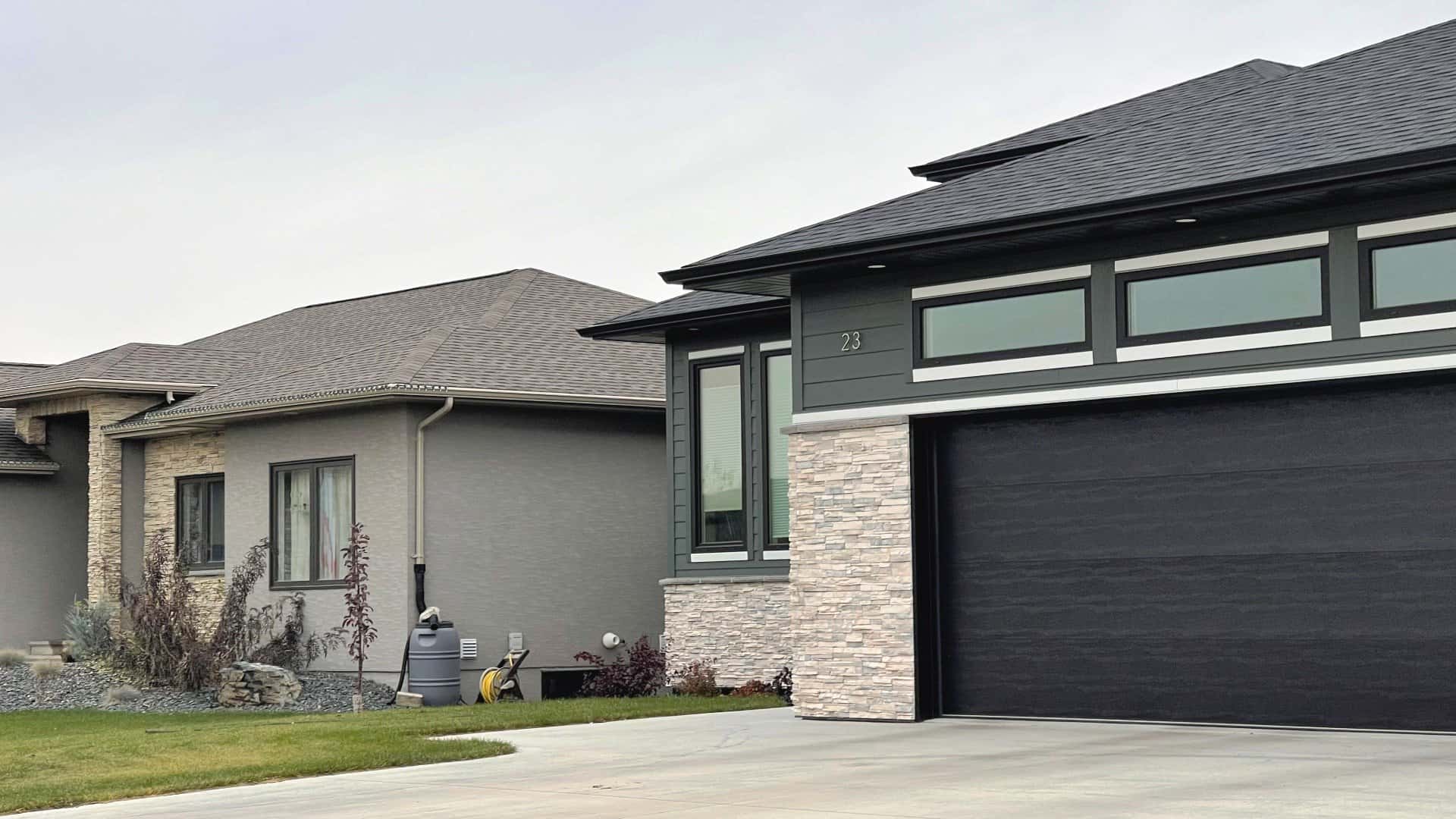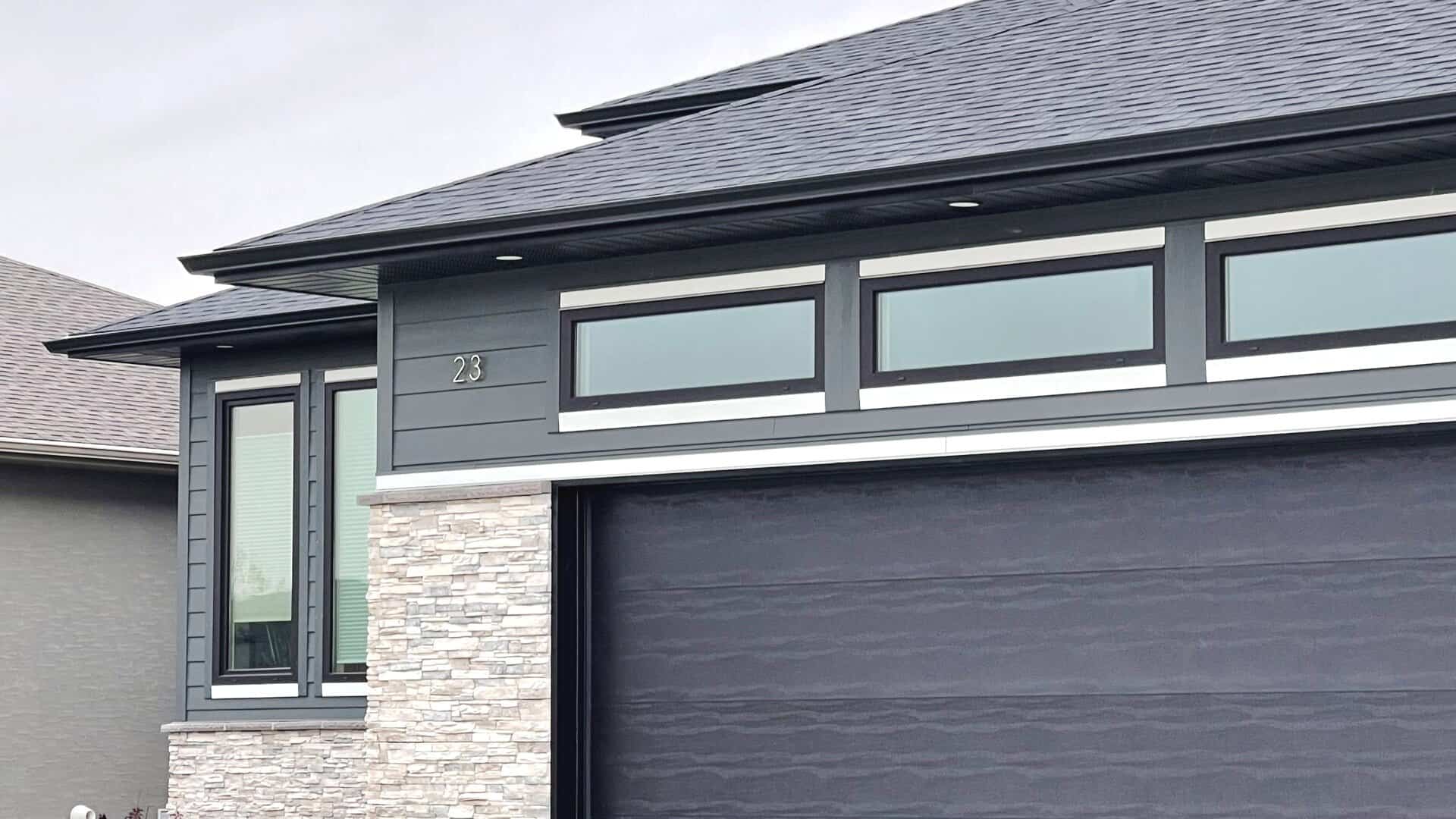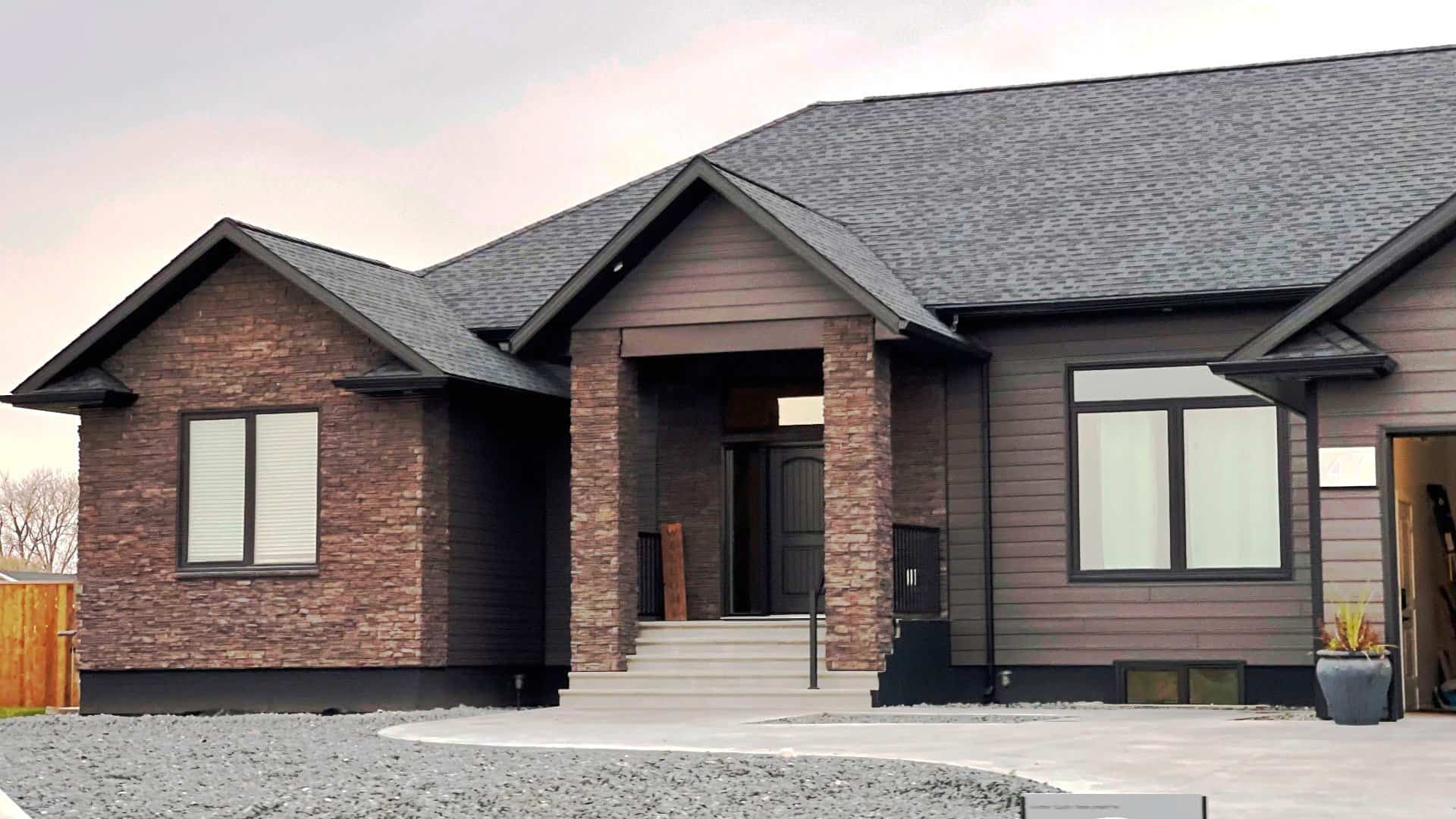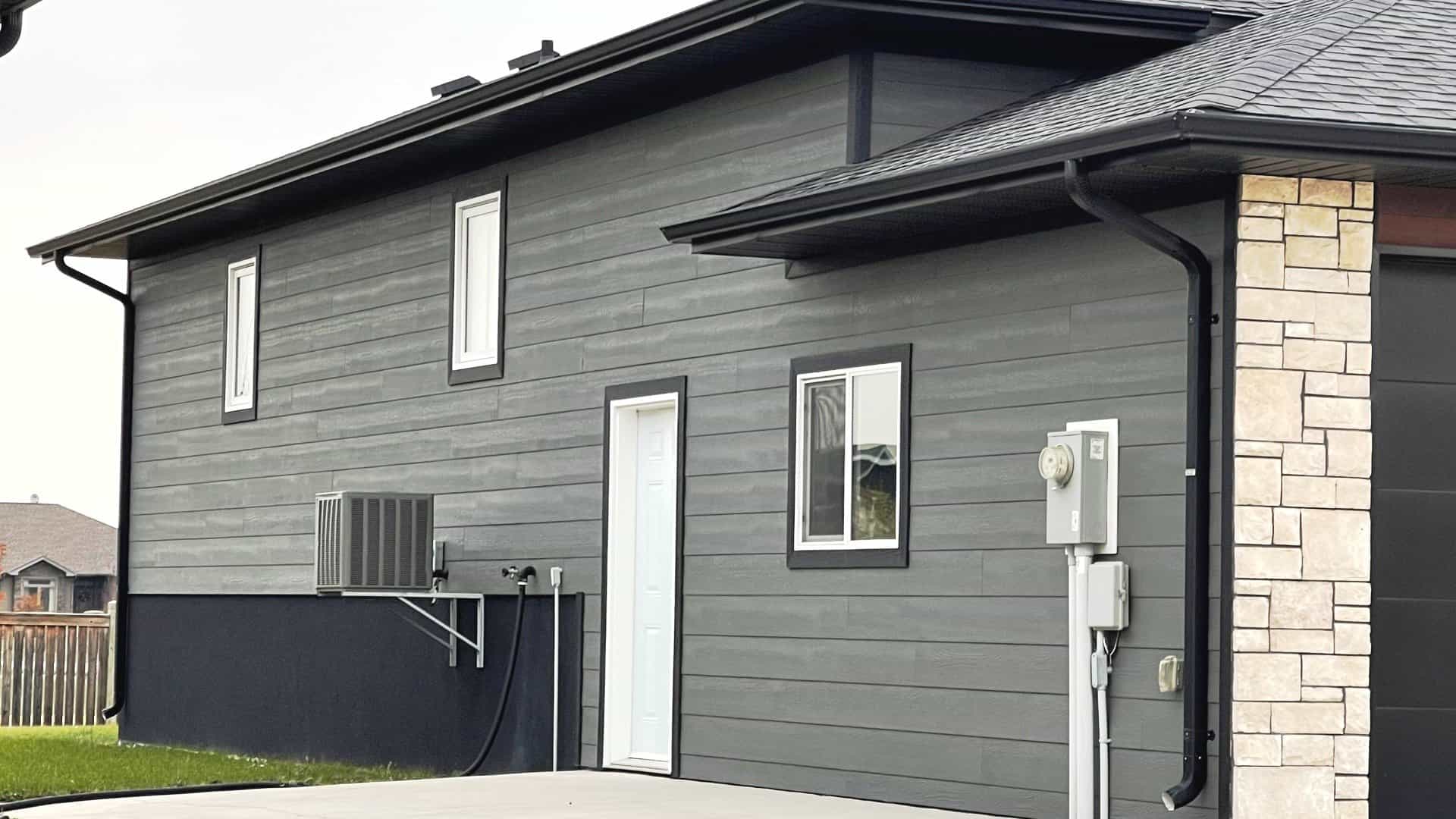A window sill is a horizontal structure located at the base of a window frame that helps keep walls, floors and furniture dry.
Exterior sills are typically constructed of wood and treated with a water-proof coating to prevent mold growth and safeguard your windows against damage.
1. Durability
The window sill is an integral component of the frame that holds windows in place. Without it, they could sway and shift with foundation settlement over time, leading to cracks or other structural issues with your building structure.
Window sills are not only essential, but they’re also decorative elements that add to the overall style of a home. You can use them to showcase plants, baskets, and other items that help tie together different rooms.
They can be made of a variety of materials, but the most common choices include wood, particleboard, PVC and stone. Each has its own advantages and drawbacks so it’s essential to select the correct one for your home.
Wood is an affordable and durable option for window sills. You can stain it to match the rest of your house or paint it to add a designer touch. However, wood isn’t moisture resistant, so regular upkeep is required to prevent mold or wood rot.
Home builders used to typically opt for wooden window sills, but other material options have become increasingly popular in recent years. Particleboard can serve as a replacement option for wood window sills and be stained to match the rest of your house.
Modern wood window sills are covered with a waterproof material for extra insulation and easy upkeep. Many species of wood can be used, including oak, larch, cherry, ash, chestnut, maple and mahogany.
Another option for window sills is aluminum trim. Aluminum trim gives a new window sill an aged, weatherproof aesthetic. It works great if the windows are already installed or if you are adding onto an existing building and need something that will last.
A lipped window sill is an ideal choice for double hung windows, as it allows the bottom edge of the sash to slope at a more natural slope than pocket sills do. This creates an improved drainage system and helps prevent potential leaks.
2. Aesthetics
Aesthetics is a crucial element in home design. There are plenty of ways to make a room look stunning without blocking out the view or adding clutter. Window sills often go overlooked, but they can be an excellent opportunity to brighten up any space.
Depending on your preference, you may wish to paint the window sill a bright or bold color that draws attention away from the window. You could also consider matching both surfaces for an integrated look.
Add some personal flair to your window sill by adding decorative details. Candles or stones are great additions for added character, while flowers or plants add visual interest too. It’s an effortless way to change up the aesthetic of your window sill and bring personality into your home.
Other decorating ideas for window sills include using them as an accessory or rest area. You can keep a potted plant there, and also use it as a shelf to showcase items like vases or pictures. This combination provides your home with extra storage while offering you somewhere to sit back and take in the view outside.
Exterior sills are an integral part of your home, shielding the window frame from rain and snow damage. This helps prevent mold growth as well as moisture damage to walls, floors, and furniture.
In addition to protecting your home from water damage, lipped window sills are an excellent way to enhance its aesthetic appeal. They often come in materials like marble or natural stone which will further complement the overall design of your house.
However, these materials can be more costly than other options. Furthermore, you must factor in maintenance costs and how long the material will last.
Selecting the ideal material for your window sill is a crucial decision, as it will determine its quality and longevity. Wood is often chosen, but other materials can also be utilized.
3. Energy efficiency
Lipped window sills are one of the most energy efficient window coverings available. They reduce air leakage, moisture penetration and help prevent condensation buildup around your home’s windows.
Furthermore, the sills feature a low U-factor that helps increase the insulating value of the system overall. This can significantly reduce how much energy you need to heat and cool your home.
When selecting window frames, the right material is key to ensure they can withstand temperature changes. This is especially pertinent if your area experiences frequent extremes of temperature. For instance, aluminum and PVC frames tend to expand and contract rapidly in response to changes in climate conditions.
When installing new windows, it’s essential to select a frame with an expansion coefficient close to that of glass in order to minimize this problem. Doing so can ensure your windows last as long as possible without needing major repairs or replacements.
Another way to improve the energy efficiency of your lipped window sills is by selecting low-emissivity glass. This coating on the glass helps reflect sun rays and prevent them from entering into your home during summer months.
Energy bills can be cut by up to 30% with this method, and it also protects furniture and flooring from UV rays that enter the house during summertime.
Many of these windows feature gas fills that help reduce heat transfer from inside to outside. The most common gas used is air, but you may also find windows filled with argon – a colorless and non-toxic gas that conducts heat poorly.
When upgrading the windows in your home, make sure they are Energy Star-rated. This government-backed seal of approval verifies that they meet energy efficiency standards set by the National Fenestration Rating Council (NFRC).
4. Easy maintenance
A window sill is essential in keeping water out of a home. Without it, moisture could seep into walls and furniture inside, leading to irreparable damage. That’s why window sills are such an integral part of every window installation – they keep moisture out!
However, window sills can be a real pain to maintain. This is especially true if your climate frequently changes; dirty window sills collect dirt and make cleaning difficult. A thin coat of floor or leather wax helps keep the sill dry and prevents water accumulation.
Another way to make the task simpler is by purchasing a window sill cleaning kit. This set comes complete with dish soap or vinegar, water, a clean cloth, vacuum with attachment and spray bottle – everything needed to restore your sills’ original shine.
Cleaning and maintaining a healthy window sill can make you more comfortable in your home, especially if you suffer from allergies.
First and foremost, clean off all dust and grime from your sills. Doing this will provide a clearer view of your windows. If you don’t have access to a vacuum cleaner, use cotton swabs with water to wipe them clean.
Next, you must remove all dead insects. A vacuum cleaner should do the trick, but if you want to be extra thorough, take out all of the feathers from your sills as well.
If the area is particularly dirty, a special solution to eliminate mold that may be present can be used. This solution is created by mixing 10 drops of tea tree oil with water in a spray bottle and leaving it stand for 15 minutes before applying it.
If your kitchen has an interior window, consider placing some decorative boxes filled with herbs and spices there. Not only will this save space on the shelf, but it also allows you to have fresh herbs whenever desired.
